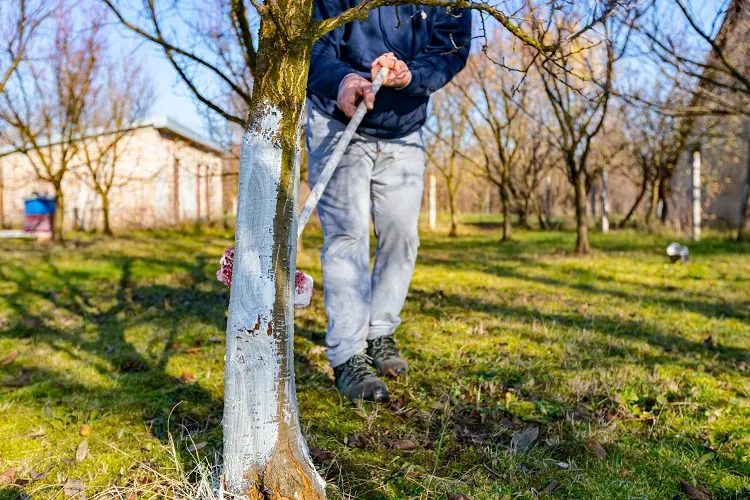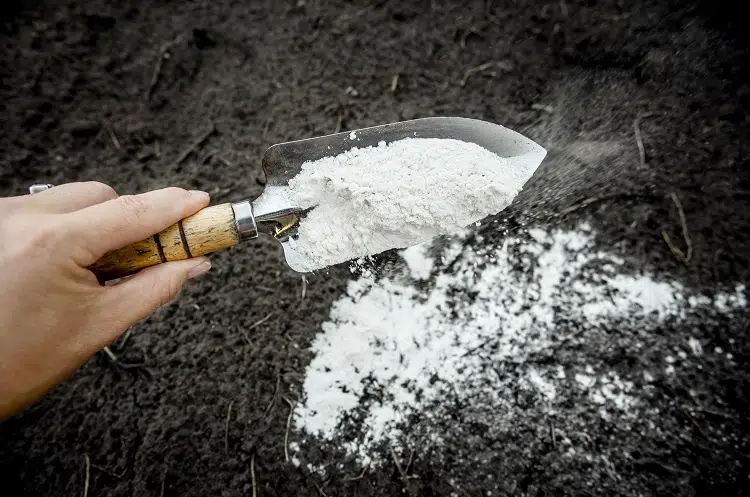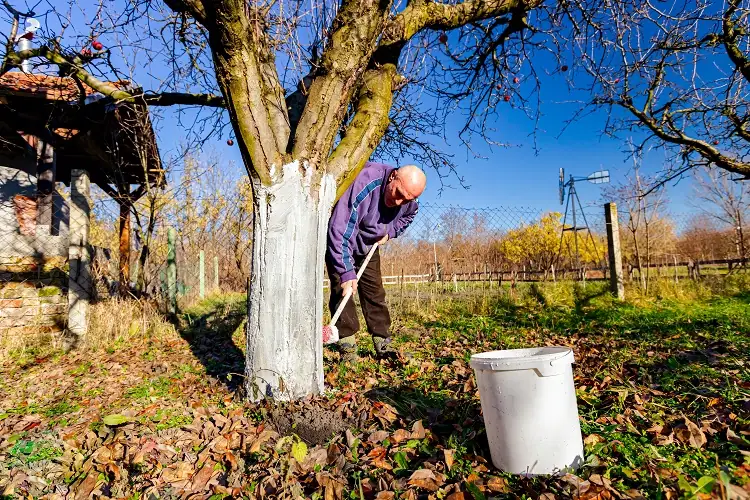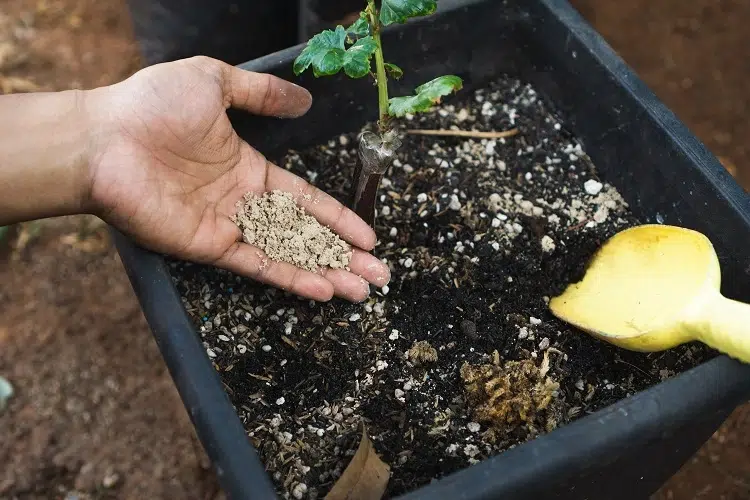When to add lime to the garden? 7 magical benefits

Why, how and when to properly add lime to the garden? When is the best time? And what are the benefits for plants? Learn all about this magical ingredient to stimulate the growth of your plants and enrich the soil.

When to add lime to the garden?
Lime is a wonderful product to use in the garden: not only for your flowers, shrubs and trees, but also for your crops. So it is important to choose the right time to apply it. Some people put it in during the winter to give it a little more time to establish itself in the soil before spring. However, we strongly advise against this practice, as you not only risk disrupting the dormancy of your plants, but also, if you live in a very cold region, making them very vulnerable to frost damage. So you should apply lime to the soil in early spring or fall, when temperatures are mild.
Also read: How to use sawdust in the garden? 4 Practical Uses That Will Surprise You!

7 Benefits of Lime
So what are the benefits of lime? Many people confuse it with fertilizer because of its high calcium content. However, it should not replace fertilizer. Lime is commonly used to balance soil pH and neutralize soil acidity. So it is an excellent supplement for plants that love alkaline soil. Here’s what it can provide:
- With its high calcium content, lime can help your plants develop, making them stronger and more vigorous.
- It improves the absorption of phosphorus, magnesium and potassium.
- Lime can raise the pH of the soil, making it more alkaline.
- Due to the calcium it contains, it can prevent rotting in tomatoes.
- By working into the soil, it can “lighten” it, make it more breathable and facilitate root growth and establishment.
- It creates a very favorable environment for good soil microbes.
- Lime helps protect trees and other plants from pests.
These are all good reasons to start using it!

There are many ways to apply lime in the garden. One is whitewashing the trees with a focus on their trunks and the other is clay work. But before that, you need to analyze the soil. Is your soil too acidic to grow alkaline soil-like plants? In this case, you can use it safely! To add it to the soil you need to dig down about 20cm and sprinkle it on top. Then, using a rake, start working it into the soil. Place the remaining soil on top and continue raking. The lime will dissolve over the coming months and slowly, but surely, give your plants the boost they need. In this informative video from NewsgardenTV on YoutubePatrick Meulen shows us exactly how to do it:
When it comes to trees, lime-based washes are fairly easy to use. Just use 500ml of water and mix it with lime (about 250g). Then add some oil and keep mixing until you get the consistency of house paint. Once the mixture is finished, apply it directly to the tree. Don’t worry, the lime will dissolve over the coming months until you’re ready to apply more when the time is right.
Also read: What effect does lime have on fruit trees? How to prepare it at home?
Where to put the lime?
Well, we know when to add lime to the garden… but which plants will benefit the most? As we mentioned earlier, plants growing in acidic soils do not respond very well to lime. For this you have to be careful and know where to put it. Here is the list:
- vegetables : Peas, beans, asparagus, spinach, parsley, onions, garlic, cabbage, squash, beets.
- trees : Apple Tree, Cherry Tree, Apricot Tree, Peach Tree, Plum Tree, Almond Tree, Olive Tree
- bushes : geranium, hydrangea, lilac, poppy, clematis, hosta





